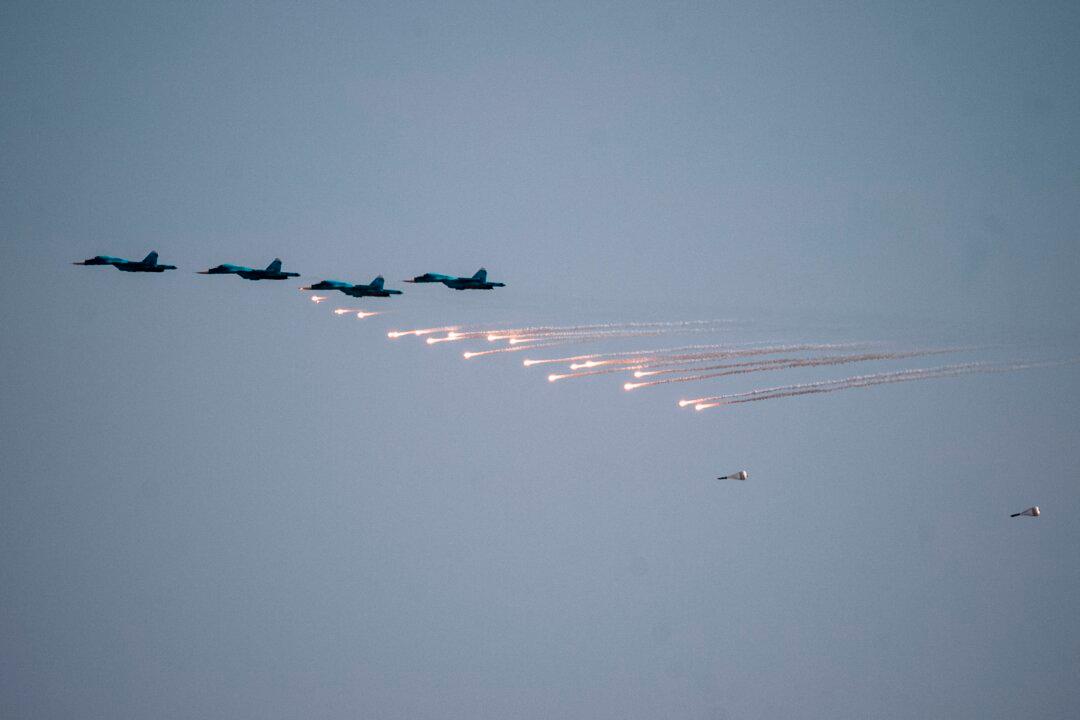Commentary
It is all good that Sweden and Finland want to end their neutrality and join the North Atlantic Treaty Organization, and that President Joe Biden is apparently ready to commit U.S. military forces to the defense of democratic Taiwan.

It is all good that Sweden and Finland want to end their neutrality and join the North Atlantic Treaty Organization, and that President Joe Biden is apparently ready to commit U.S. military forces to the defense of democratic Taiwan.